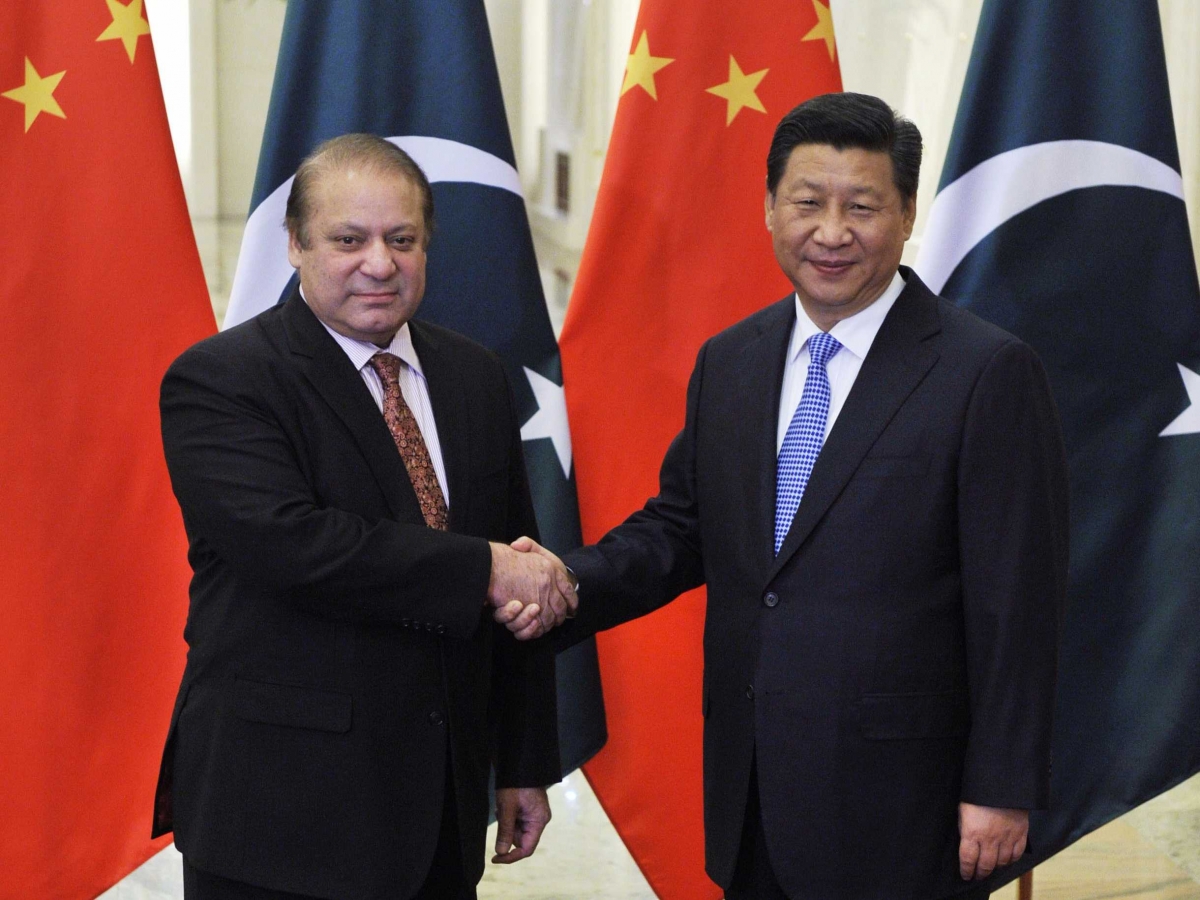South China Sea dominium has been the area of dispute since the end of WWII. All six littoral nations; China, Taiwan, Vietnam, Philippine, Malaysia, Brunei, are claiming sovereignty of the South China Sea. This all started in 1968 when the United Nations announced the potential of immense underground resources buried in the South China sea.
The number of disputes in this area has quadrupled in the last ten years. There were 7 disputes in the 2000s compared with 26 disputes in the 2010s. The tensions on the South China Sea have been heightened not because of the six nations in dispute but because of the conflict between China and the United States. Even though the U.S is not claiming sovereignty of the South China Sea, they nonetheless exert enormous influence in the area.
There are two main reasons for the U.S. to step into these conflicting territorial claims by the Southeast Asian countries. The first reason is because of the conflicting interest of maritime policy between the US and China. The U.S. emphasizes the free-trade area (FTA), freedom of navigation (FON), and constructing Exclusive Economic Zone (EEZ), whereas China pursues a unilateral administration with declarative policy to build China into a “maritime great power”. China’s maritime policy is more focused on seizing control of the ocean to secure the resources and sea routes. For instance, China is constructing several artificial islands that are followed by the construction of military infrastructure such as runways, aircraft hangars, and anti-ship cruise missiles. The U.S. has identified China as an assertive state in the region and has been continuously challenging China’s territorial claim on the South China Sea.
The second reason for the U.S.’s deterrent action in this region is to prevent China from becoming the regional hegemon. Their behaviour can be best illustrated from the realist perspective in international relations. Hans Morgenthau, Kenneth Waltz, and John Mearsheimer are believers of realism in international relations history and according to John Mearsheimer in his book, “The Tragedy of Great Power Politics”, the central aim of the great power country is to become a hegemon in their hemisphere and to prevent the rise of a similar hegemon on the opposite side of the hemisphere.
In the case of the South China Sea, there is no local nation that can compete with China, and the U.S. is acting as an offshore balancer, thwarting China from becoming the Eurasian hegemon. Despite this, China is moving fast to become the global hegemon. They are claiming sovereignty over not only the South China Sea but huge swaths of the Indian Ocean as well. Specifically, China is in dispute with Japan over Senkaku/Diaoyu islands located in the East China Sea. Through this dispute and others, China is in the process of transforming from a land-based superpower to an oceanic one by securing sovereignty, sea lanes, and energy resources of the Southern and Eastern China Sea.
Based on the outline of China’s maritime strategy put forward by Liu Huaqing, a formal admiral of the Chinese Navy, China is currently executing the first stage of its plan: establish hegemony over the surrounding seas of China by establishing control of waters within the first island chain of East China Sea that links nearby nations such as Taiwan and the Philippines. After this, the next objective, according to Huaqing, is to end U.S. military dominance in the Pacific and Indian Oceans. Based on this analysis, the final stage of China’s maritime strategy would be to expand into the Atlantic Ocean and economically dominate the U.S.
As a response to prevent China from militarizing the East China Sea, the U.S. has been maintaining a regular presence with its navy warships and B-52s, a strategic bomber. Moreover, the U.S is being lenient on Japan importing weapons to build a military base. This may be due to the U.S.’s intention to support Japan so they can offset China’s growing influence in Southeast Asia. Even though Japan’s regional hegemony from the first half of the twentieth century is long gone, Japan remains one of the strongest economies in the world.
Another regional player is Russia, another superpower of Eurasia, but recent relations between China and Russia suggest they are strengthening their economic, political, and military ties. For instance, when the US-China trade war emerged, with the two countries imposing billions’ worth of tariffs on each other, China and Russia announced that they will be doubling their trade over the next five years, from $107 billion to $200 billion. This may be because they share a common strategic objective: to undermine U.S. power.
The disputes in the South China Sea are therefore not only relevant to the six littoral states in the region – this is an area where several major superpowers’ interests are entangled. The winner of these disputes over sovereignty may not only reap the vast natural resources of the region, but also take a major step towards becoming the world’s dominant superpower.
Photo: “Chinese Artificial Island Base in South China Sea” by r_frank_g via Flickr
Disclaimer: Any views or opinions expressed in articles are solely those of the authors and do not necessarily represent the views of the NATO Association of Canada.




